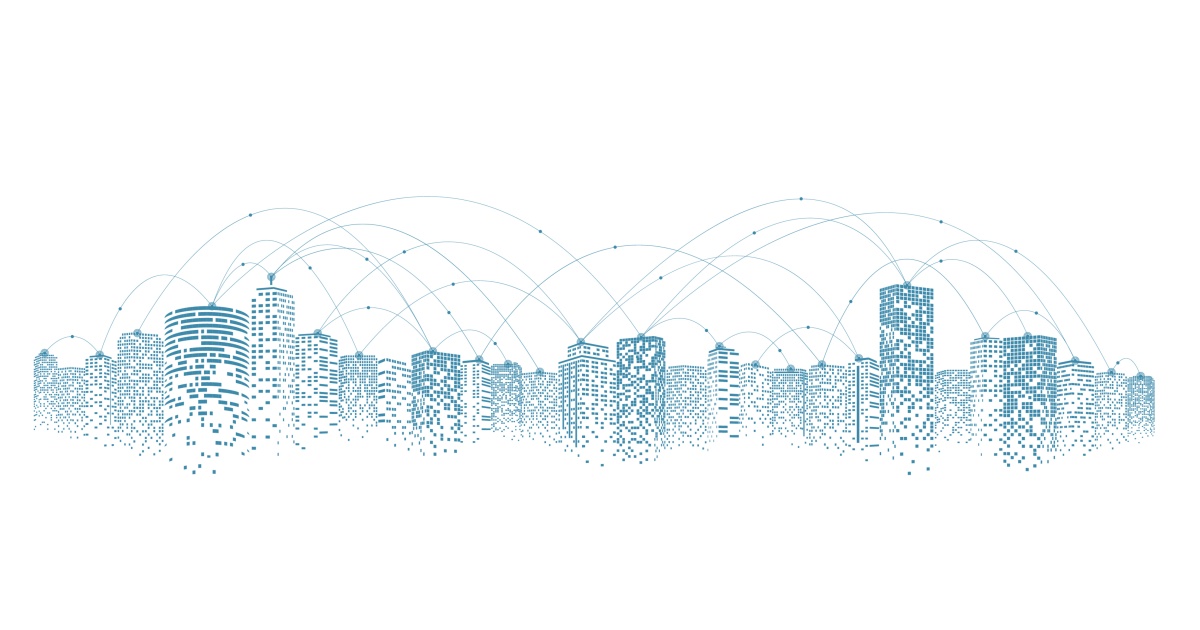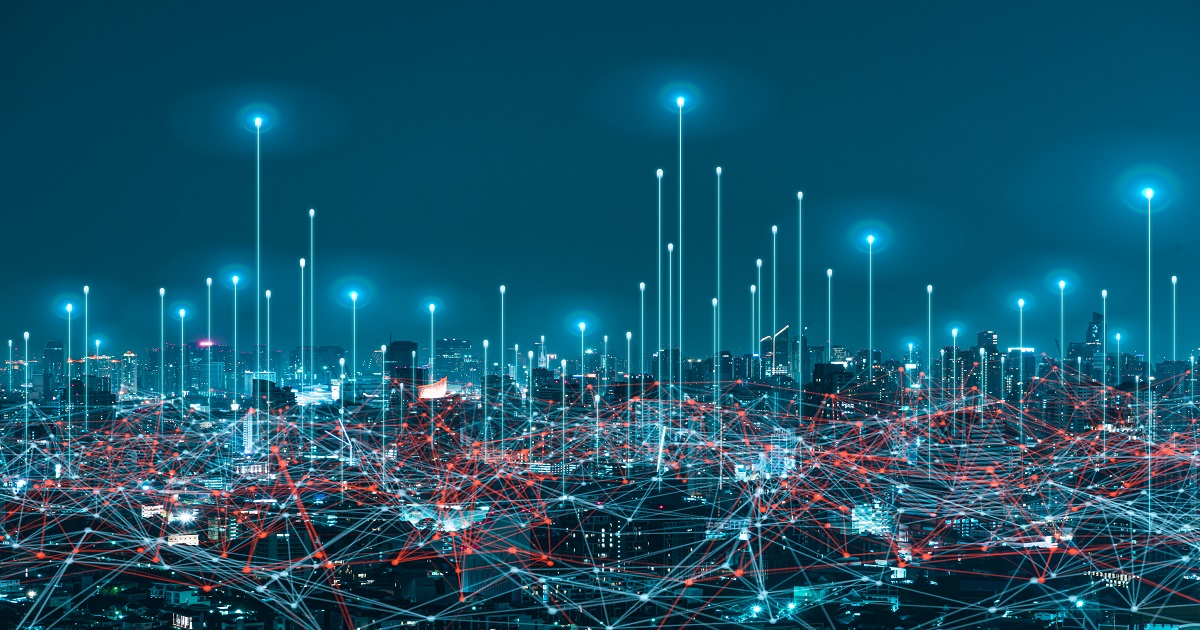
TGIF, readers!
As I mentioned last week (read my packed-to-the-brim “13 IoT Updates for Friday the 13th” rundown here), progress being made across Internet of Things use cases is exemplary of cross-industry technologies (e.g. purpose-built equipment, rugged sensors, integrated software, etc.) that reliably connect people and businesses to their devices and data.
So, what’s been happening in the IoT space, as of late?
Below, you’ll find a handful of **mostly short-and-sweet IoT updates you may have missed.
**truth be told, I endeavor to remain concise but often do feel obligated to provide extra details that contextually flesh things out; this way, everyone’s on the same plane of understanding — thanks, as always, for taking time out of your day to read these!
- Blackline Safety Corp. announced the soon-to-come EXO 8 connected portable area monitor that, according to the company, “will advance gas and gamma radiation detection and early threat identification for companies and first responders.” Built with a rugged, drop-and-go design (with up to 100 days’ worth of battery life), the EXO 8 alerts users in under two seconds once a hazard is detected. Alerts are received through the Blackline Live platform, where reporting capabilities will help users analyze what’s happening/happened so they can take steps to control the situation at hand and, ultimately, save lives. Full product shipments of EXO 8 (which come with a full warranty) are reportedly scheduled for November of this year. (Read our full story here.)
- SiLC Technologies, Inc. is on a mission to “help machines see like humans.” To make this a reality (particularly when it comes to automotive), SiLC uses Frequency-Modulated Continuous Wave (FMCW) LiDAR and 4D predictive perception. This offers “long-range, interference-free operation and instantaneous velocity for low-latency object classification and threat detection.” Now, with a recent investment from Honda and its Honda Xcelerator Ventures program, SiLC will reportedly accelerate its progress toward a society with fully autonomous automotive solutions that enhance safety and address far-reaching labor shortages across critical markets. (Again, the full story is here.)
- According to data from Technavio, interest in fog computing — decentralized computing infrastructure in which data, compute, storage and apps are located between the data source and the cloud, i.e. in “a fog” — very much appears to be on the rise. As with edge computing, fog computing entails capitalizing on the power of the cloud closer to where data is created and acted upon. And per Technavio’s latest study, the global fog computing market size “is estimated to grow by $4.08 billion by 2028,” representing a compound annual growth rate (CAGR) of 70.51%. Figures like this are nothing to shake noses at, y’all. This looks to be representative of an exponential increase (which does make sense, given the popularity of IoT-powered solutions across myriad verticals). Technavio also notes that IIoT/Industry 4.0 will likely see even larger impacts in the years to come.
- Infogrid, a provider of “smart building intelligence solutions for intelligent smart building professionals” (as the company itself has stated), recently announced its official acquisition of Buildings IOT. The logic here is clear; Buildings IOT helps turn building data into sustainability with easy-to-deploy technology that users can tap into in order to make better use of operational data (and, subsequently, cut costs and generate more revenue). Buildings in general, after all, impact our lives (and the planet) quite immensely; most of us spend upwards of 90% of our time inside buildings, which make up approximately “39% of the world’s emissions,” per Infogrid. Thus, to erect and maintain all-around better buildings, Infogrid plans to “further enhance technologies that optimize building efficiency to save on energy, carbon, and costs.” Infogrid foresees this having effects on developments in automation, “adaptive building capabilities,” and the commercial real estate landscape, at large.
- “Everywhere Work, Elevated” tech company Ivanti announced its participation in the 2024 Verizon Mobile Security Index, which details the latest in mobile security threat management and how orgs can take proactive measures. Ivanti participated because “in light of Everywhere Work,” the company stated, “employees are increasingly dependent on mobile and IoT devices to get their work done — causing the number of connected devices to grow exponentially. However, these devices are becoming a leading risk. Mobile security needs to be a priority as less-secure devices connect to business networks.” In that vein, this year’s 2024 Verizon Mobile Security Index report (i.e. currently in its seventh iteration) examines employee-level mobile usage and beyond, extending to IoT devices and sensors and how to tackle growing security concerns therein. It’s a good read, if you ask us.
- Lastly, we have Pente Networks. With Pente Networks’ HyperCore Cloud, implementing any-sized private LTE or 5G network (and integrating any IT system/managing it from wherever) becomes faster and easier. This multi-tenant management platform essentially becomes an extension of the enterprise IP network. Consisting of a cloud-controlled edge and a robust software solution, the HyperCore makes private networks accessible and easy to operate without telecommunications experience. So, rather than talk about this over on our Cloud Computing or 5G Evolution sites, for example, we’re mentioning it here because this platform is now available as part of the Integrated Private Wireless on Amazon Web Services (AWS). The Pente HyperCore Cloud has been validated on AWS Regions, AWS Local Zones and AWS Outposts Servers, which is a “major endorsement,” as Avi Cohen, CEO of Pente Networks described. Because this availability, by the way, also enables simpler deployment and integration with IT systems so businesses can leverage IoT, AI and more with enhanced QoS, device security, and wireless efficiency.
That does it for today, readers.
For additional news snippets from our team, we encourage visiting our other sites for ICYMI rundowns; MSP Today, Cloud Computing, and GenAI Today, to name a few.
Take good care!
Edited by
Alex Passett





